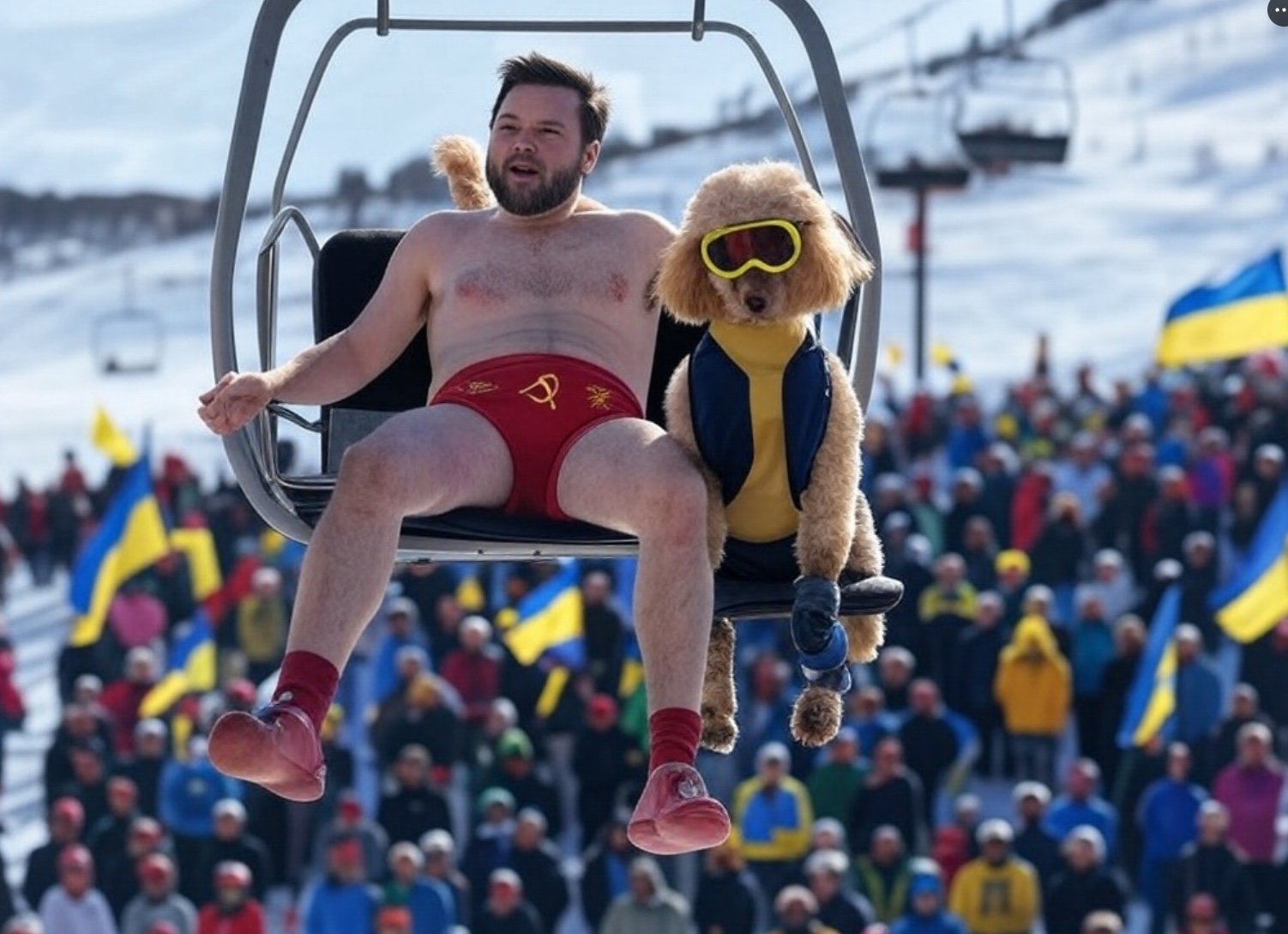FLOSSI GIVES A LIFT TO THE VP
The chairlift was invented by James Curran, an American engineer, in 1936. He designed it while working for the Union Pacific Railroad as part of their efforts to develop the Sun Valley Ski Resort in Idaho.
Curran was an engineer at the Union Pacific Railroad, which was looking for ways to attract tourists to Sun Valley, Idaho. He specialized in mechanical transport systems and was inspired by banana conveyor systems used in loading cargo onto ships.
Curran adapted conveyor technology to create a lift system to transport skiers up a mountain.
Unlike rope tows and cable cars, his design allowed skiers to sit in a moving chair while transported uphill.
This made skiing more accessible, safer, and faster, revolutionizing winter sports tourism.
The first chairlifts were installed in 1936 at Sun Valley Resort, Idaho, making it the first ski area in the world to have a functioning chairlift.
It immediately boosted the popularity of skiing, influencing ski resort development worldwide.
Before the chairlift, skiers had to climb uphill or use tow ropes, making skiing physically exhausting.
The chairlift allowed ski resorts to expand, leading to mass adoption of skiing as a recreational sport.
Modern chairlifts use high-speed detachable systems, heated seats, and enclosed bubbles for added comfort.
Rope Tow (1908): Invented in New Hampshire, USA.
T-bar Lift (1934): Developed in Switzerland.
Gondola Lifts (1950s): Enclosed cabins for bad weather conditions.





